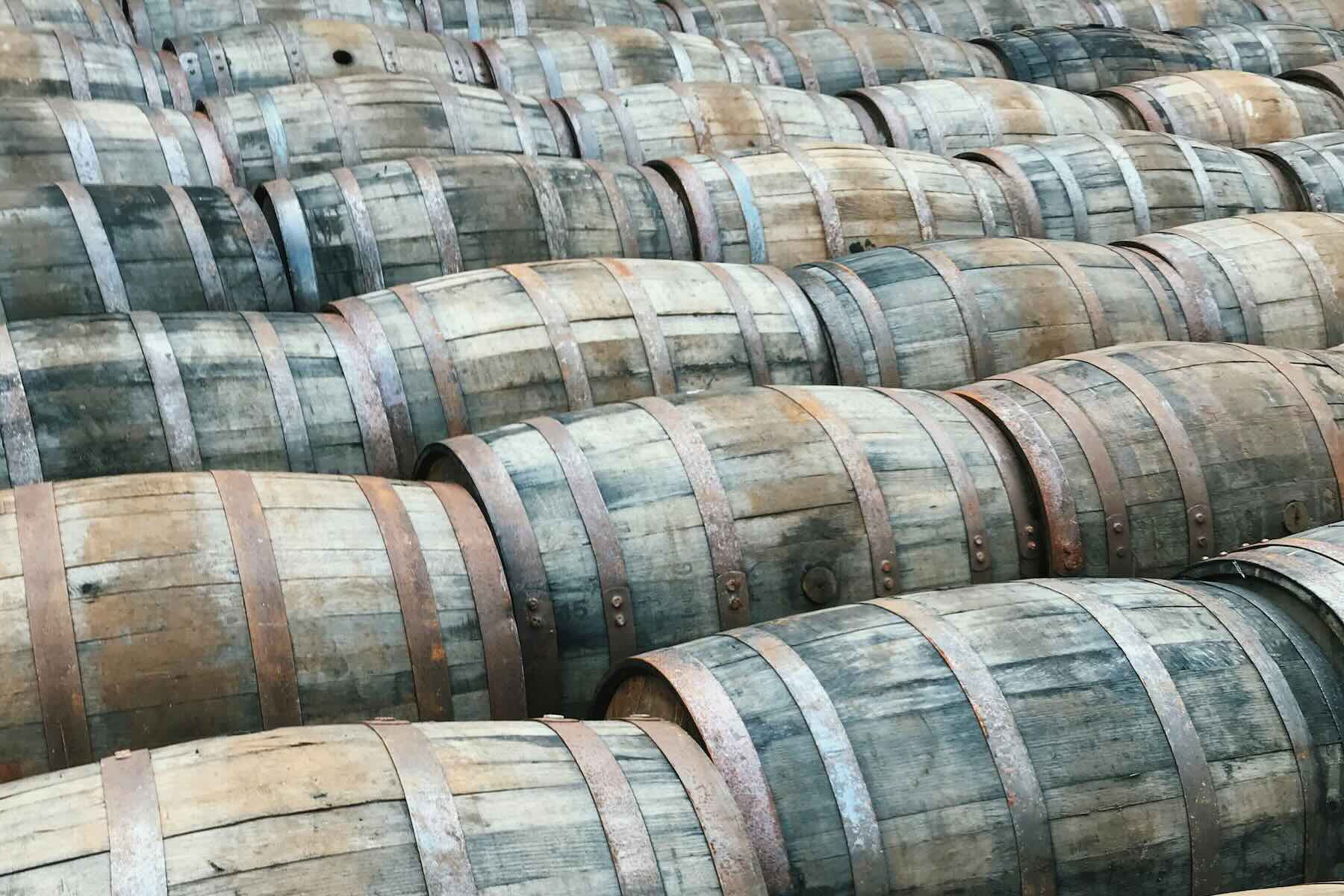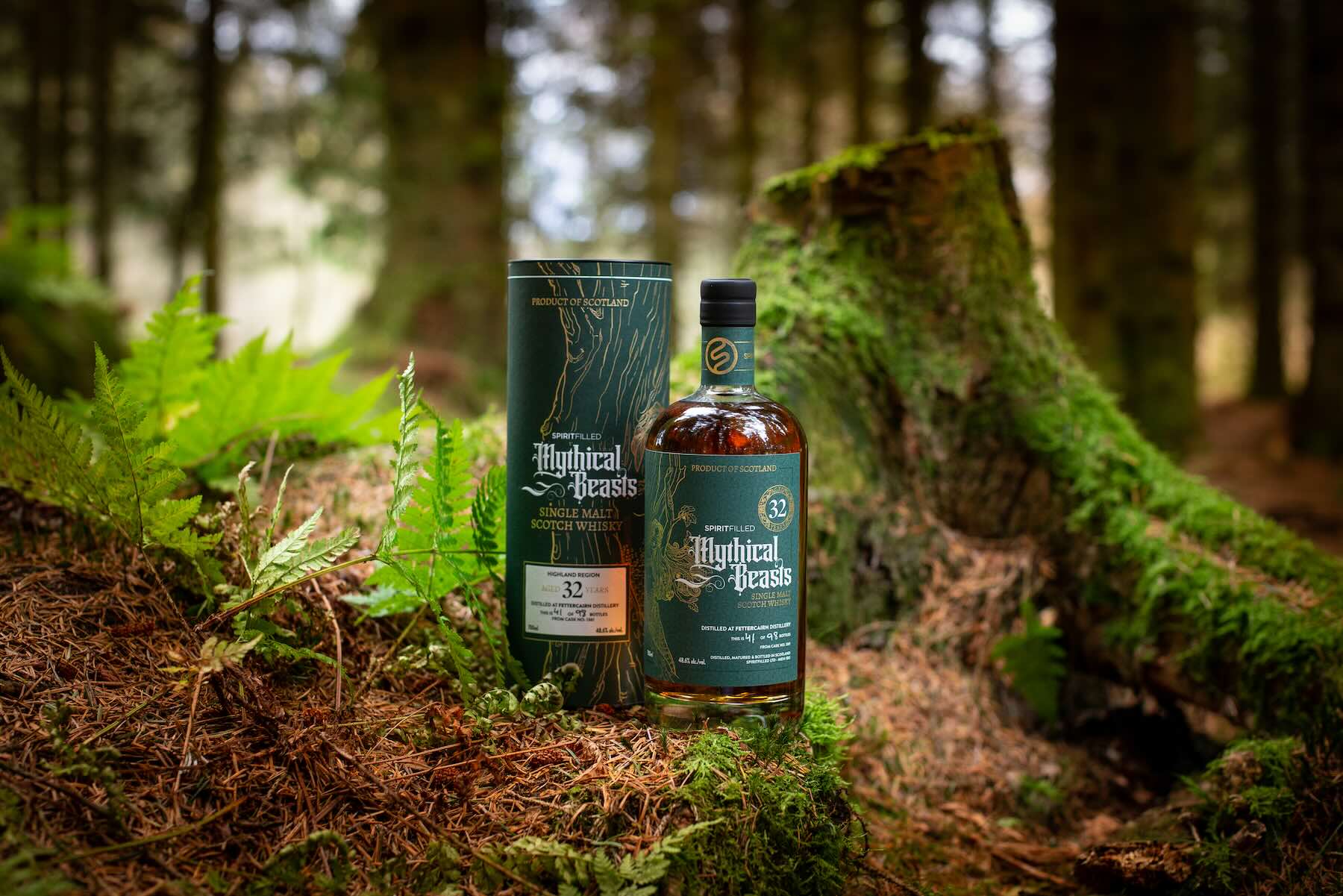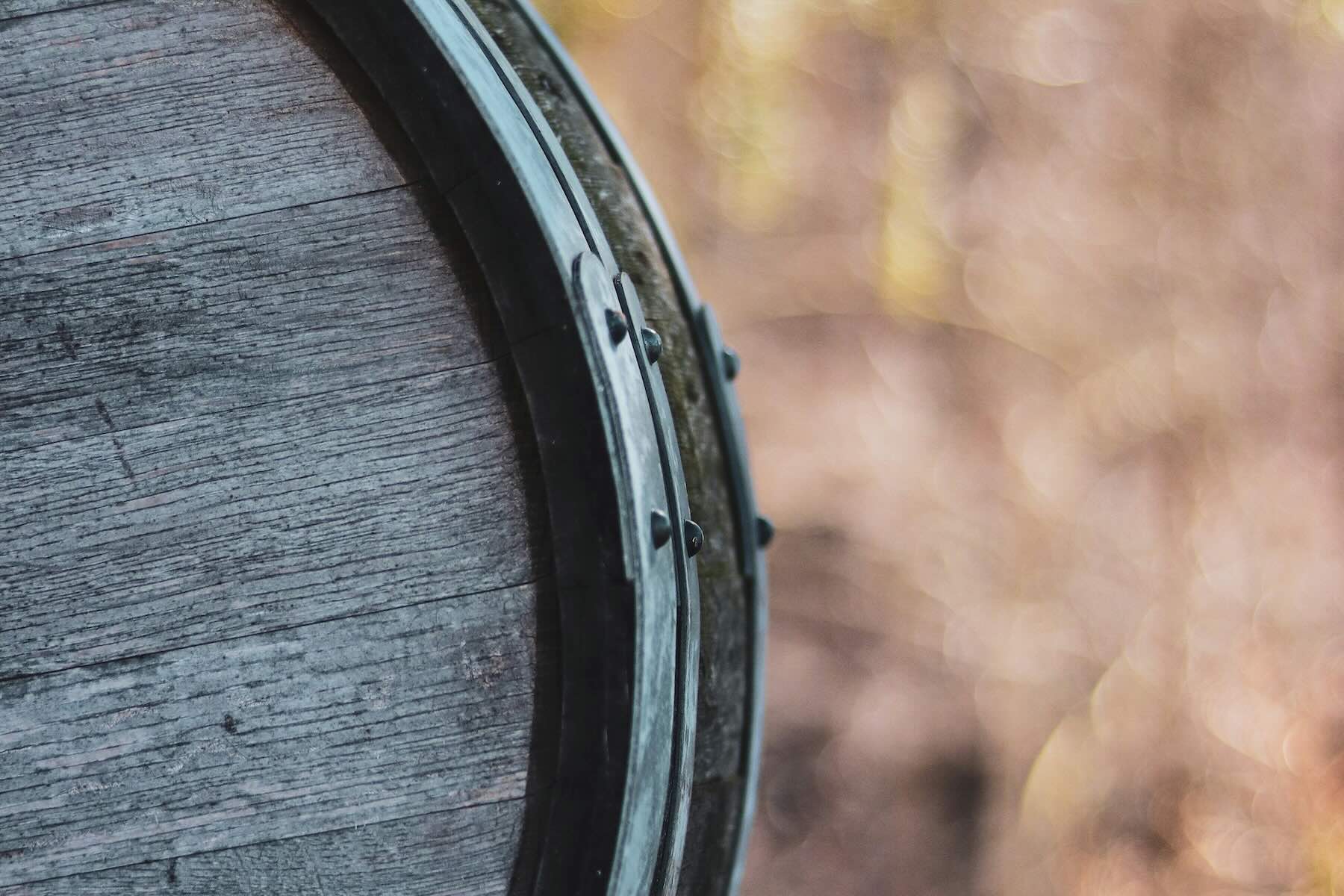
How to build a rare single malt whisky cask collection
Have you ever dreamt of building you're own rare single malt whisky cask collection? In this article, we're going to look at a few factors you may like to consider. And while we might not all have the funds needed to build a rare single malt whisky cask collection ourselves, some of these tips may be useful to buying whisky casks in general. Certainly, when it comes to building a portfolio, there is a benefit in diversification.
Type of spirit
Given the exam question focuses on single malt, then single malt may well be the style of whisky you prioritise in your cask collection. As the premium style of whisky, there's certainly sense in this. The one extra category that might be worth considering is single grains. Particularly for older age statements, single cask, single grains, can be worth considering. Pound for pound, you're likely to be able to get older age statement single grain than single malt.
Distillery name
This may well be key to the 'rare' element of our cask collection dream. There are probably distillery names that we'd all have on our wishlist. Macallan, Rosebank, Bowmore... The big names. And, if your bank balance allows, choosing the prestigious brands will help you build a premium collection.
However, let's expand on this briefly, as the most prestigious names can be very expensive indeed. Instead, you could consider you're favourite mainstream distilleries. The names we'd all recognise. Ben Nevis, Caol Ila, Glen Grant... These names have the benefit of being instantly recognisable and associated with reliable quality. These could be excellent options for your cask collection.
One final note, when buying whisky casks, make sure you're clear on the naming rights of the cask. Some casks are sold with naming rights, which means when bottled you can use the associated distillery name; for example, "Highland Park". Some casks are sold with a pseudo name, meaning you can use a name when you bottle, but not the main brand name; for example, "Whitlaw" (which is distilled at Highland Park). And then some casks are sold without any naming rights. These tend to be well-priced but mean you cannot use the brand name. Instead, they'd have to be bottled as, for example, a "Secret Orkney".
When building your rare single malt whisky collection, diversity could be worth pursuing. Go for a mix of different distillery names, from a range of regions.
Age statements
Buying by the cask you'd expect to know the exact age of the whisky. All other things being equal, the older the age, the rarer the whisky cask. We all dream of having a single malt cask collection with cask ages of 18, 21, 25, 30 years.
However, all other things being again equal, older casks are likely more expensive. So you could consider going for a broad range of ages: some around 8 years old, some around 16, perhaps one or two in their early twenties.
And, remember our point above about single grain. If you include single grain in your cask collection, you could not unreasonably get 20, and even 30, year age statements.
Cask styles
The final point you may like to consider is the style of cask. Different styles are rarer than others. For example, Port is rarer than Bourbon. Sherry is perhaps somewhere in the middle. In your dream rare single malt whisky cask collection, go for a mix of different styles. Undoubtedly there'll be bourbon casks. Aim for a couple of sherry casks, something like a port cask, to give you breadth.
Build your own rare single malt whisky cask collection
Whether you're looking to build your own rare single malt whisky cask collection, or are simply looking to start out with your very first whisky cask, we'd be delighted to help. Here are Spiritfilled we help collectors around the world build and manage their whisky cask collections. You can arrange a time to speak with one of our cask experts here.



